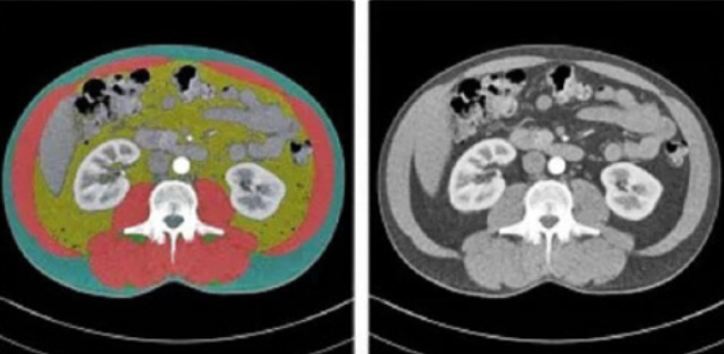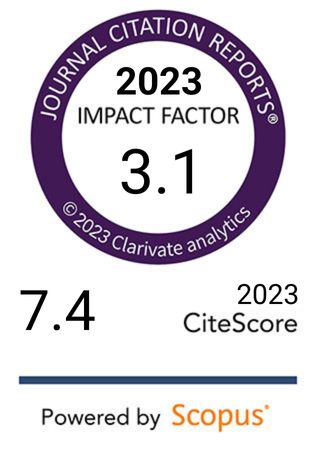Beyond BMI: An opinion on the clinical value of AI-powered CT body composition analysis
DOI:
https://doi.org/10.17305/bb.2025.12774Keywords:
Body composition, artificial intelligence, AI, computed tomography, CT, sarcopenia, visceral adipose tissueAbstract
Body Mass Index (BMI) has long been used as a standard measure for assessing population-level health risks, but its clinical adequacy has increasingly been called into question. This opinion paper challenges the clinical adequacy of BMI and presents AI-enhanced CT body composition analysis as a superior alternative for individualized risk assessment. While BMI serves population-level screening, its inability to differentiate between tissue types leads to critical misclassifications, particularly for sarcopenic obesity. AI-powered analysis of CT imaging at the L3 vertebra level provides precise quantification of skeletal muscle index, visceral, and subcutaneous adipose tissues -metrics that consistently outperform BMI in predicting outcomes across oncology, cardiology, and critical care. Recent technological advances have transformed this approach: the "opportunistic" use of existing clinical CT scans eliminates radiation concerns, while AI automation has reduced analysis time from 15-20 minutes to mere seconds. These innovations effectively address previous implementation barriers and enable practical clinical application with minimal resource demands, creating opportunities for targeted interventions and personalized care pathways.
Citations
Downloads

Downloads
Published
Issue
Section
Categories
License
Copyright (c) 2025 Matej Pekar, Marek Kantor, Jakub Balusik, Jan Hecko, Piotr Branny

This work is licensed under a Creative Commons Attribution 4.0 International License.









